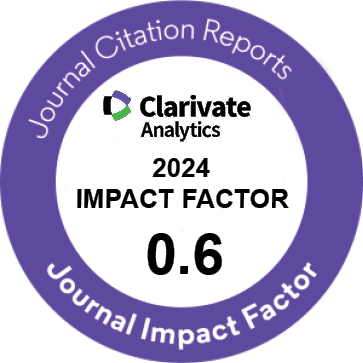| Review | |
| Sexual Abstinence and Sperm Quality | |
| Ahmed AlAwlaqi, Mohamad Hammadeh | |
| Department of obstetrics & Gynaecology, University of Saarland, 66421 Homburg/Saar, Germany | |
|
IJWHR 2017; 5: 11-17 Viewed : 9180 times Downloaded : 38671 times. Keywords : Sperm quality, Oligozoospermia, Sexual abstinence, Total motile sperm count, Sperm morphology |
|
| Full Text(PDF) | Related Articles | |
| Abstract | |
Background: Previous research has documented that sexual abstinence can improve sperm quality. Sexologists have reported that sperms stored in a latex condom decrease at a rate of 60% per minute. Objective: The objective of the current review is to explore the relationship between sexual abstinence duration and other factors that affect standard and substandard semen production. Design: A scientific review of published literature. Main Outcome Measure: Specific focus is to discuss how sexual abstinence behaviours relate to the production, quality and efficiency of sperms and semen in relation to the different characteristics such as duration of abstinence, age, and psychological behaviours. The study will also seek to verify if there is a link between sexual abstinence and semen production or what triggers semen production in men. Results: From the reviewed literature, data analysis on oligozoospermic samples indicated a peak motility of 30% after 1 day of abstinence. After 2 days of abstinence, the recorded average percentage of the normal sperm morphologies among the moderate and mild oligozoospermic samples ranged from 7% to 8.5%. The increase of the normal sperm morphology was statistically significant (P < 0.003) and sperm motility (P < 0.001) that were in line with the average percentage production of 7.5% and 31.9%, respectively. The significant sperm production was recorded between day 3 and day 8 of abstinence. Conclusion: The data obtained supports the literature on abstinence in facilitating male infertility treatment. Thus, the data argues that so as to present the best semen samples for fertility treatment, men should collect semen sample after 3-8 days of abstinence as recommended by the World Health Organization (WHO). Patients that present normal sperms give sperm donations for cryopreservation ought to be informed not to exceed the 10-day abstinence duration as the quality of the sperms is compromised. |
Cite By, Google Scholar
Online Submission System
 IJWHR ENDNOTE ® Style
IJWHR ENDNOTE ® Style
 Tutorials
Tutorials
 Publication Charge
Women's Reproductive Health Research Center
About Journal
Publication Charge
Women's Reproductive Health Research Center
About Journal
Aras Part Medical International Press Editor-in-Chief
Arash Khaki
Mertihan Kurdoglu Deputy Editor
Zafer Akan























